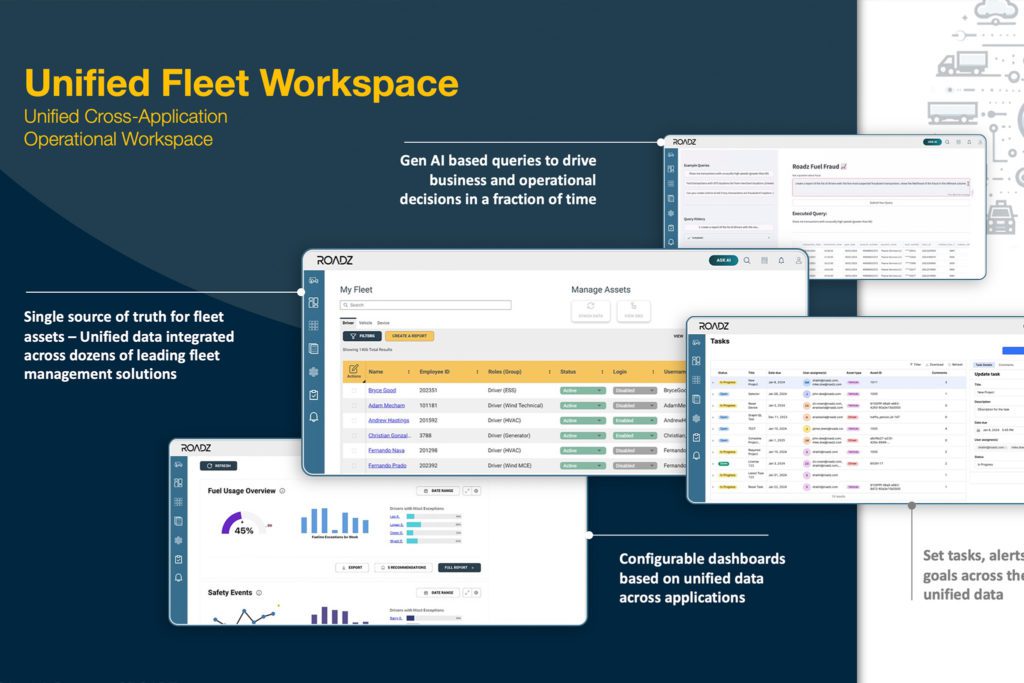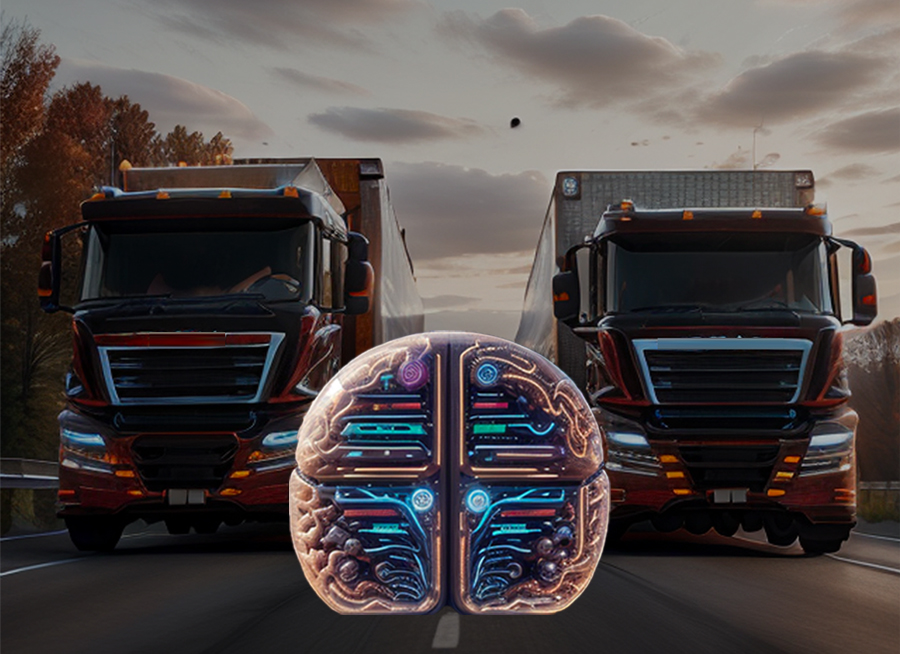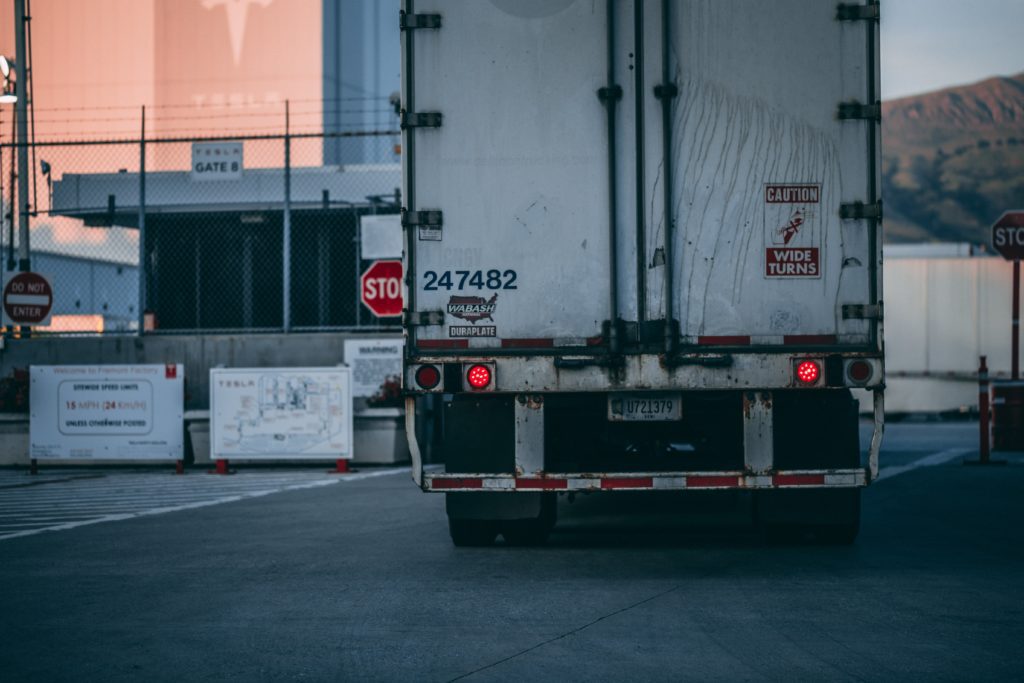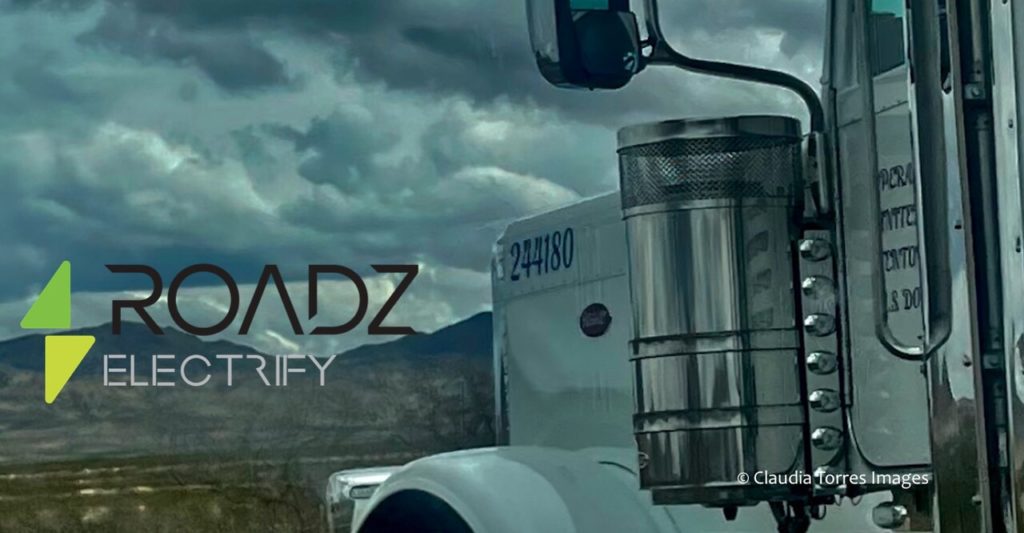First-of-its-kind, fully integrated, cross-application workspace harnesses the power of Gen AI to help fleets optimize their operations and achieve their business goals
PALO ALTO, Calif., Feb. 7, 2024 /PRNewswire-PRWeb/ — Roadz, a Silicon Valley based fleet-tech company, announced the launch of its Unified Fleet Workspace, a category-defining fleet management solution which helps commercial fleets solve one of their biggest problems: making business and operational decisions based on siloed data from too many applications.
Amit Jain
“We started our journey of integrating the fragmented fleet management solution segment with the launch of the Roadz open ecosystem and marketplace platform more than three years ago,” said Ran Mayroz, founder and CEO of Roadz. “We’re now entering the next phase in our journey with the introduction of the Roadz Unified Fleet Workspace. The data we’ve been integrating across different types of fleet management solutions will now be available to fleet managers in a simple and flexible unified work environment. A recent major survey shows that unification of the work environment across solutions is a top need of fleet managers. We believe that the combination of unified data, a unified work environment, and the power of Generative AI will change the fleet management industry in profound ways.”
The Roadz Unified Fleet Workspace eliminates the need for fleet managers to navigate across multiple third-party applications, each with its own separate data structure and portal. With an integrated view, fleet managers can make smarter and quicker decisions, reduce operating costs, and increase productivity, safety, and compliance. The Roadz Unified Fleet Workspace is available not only to fleets but also to solution providers who can white label the solution and offer it to their fleet customers.
“Nearly half of fleets use more than 10 different fleet management solutions,” said Amit Jain, co-founder and COO of Roadz. “The problem is that most of these solutions are not integrated with each other, with the result being that fleet stakeholders end up with too many dashboards, too many user experiences, and worst of all, suboptimal decisions based on fragmented information. The Roadz Unified Fleet Workspace not only provides a ‘single-pane-of-glass’ experience, but also delivers the ability to make robust and holistic decisions based on real-time, integrated datasets across solutions. Jumping between multiple dashboards and trying to make sense of siloed data is a huge burden for fleet managers and it doesn’t bring the expected results. Roadz wants to put actionable insights at managers’ fingertips to help them achieve their goals.”
Roadz Expands Capabilities with Unified Fleet Workspace
Roadz is already known for powering digital marketplaces for some of the largest global automotive, insurance, and fleet management companies with users benefiting from a one-stop shop of best-of-breed, pre-integrated fleet management solutions. The Roadz ecosystem today includes more than 80 leading fleet management solutions, and is growing each month. Now, with the launch of the Roadz Unified Fleet Workspace, fleet managers will be able to accomplish much more:
— Set business and operational goals and measure them across different solutions and datasets
— Configure dashboards, reports, alerts, and tasks based on unified data
— Have a single source of truth for fleet assets, which automatically pushes updates to different fleet solutions used
To learn more about the Roadz Unified Fleet Workspace, watch this video.
Generative AI Is Coming to Unified Fleet Workspace
In March, Roadz is expected to announce the integration of Generative AI capabilities into the Unified Fleet Workspace, making it possible for fleet managers to ask questions about their fleet operations using natural language. Roadz’s unified Gen AI will provide actionable insights based on unified fleet data to further facilitate effective decision making. With Gen AI capabilities, fleet managers will be able to set their own business goals, generate new types of reports and dashboards, ask for alerts on specific events, and get recommendations and insights, all using natural human language.
Want to try the Unified Fleet Workspace? Commercial fleet operators with at least 100 vehicles under management can apply now to the Roadz Unified Fleet Workspace beta program. For more information, go here.
About Roadz
Roadz, a Silicon Valley fleet-tech company, is transforming the fleet management market from a siloed and fragmented industry into an integrated, open ecosystem. The Roadz platform brings together siloed datasets to solve key challenges for fleets and solution providers. For fleets, the Roadz Unified Fleet Workspace provides an integrated cross-application workspace which harnesses the power of Gen AI to help fleets optimize and achieve their goals. For solution providers, the Roadz Marketplace in a Box platform enables the rapid launch of integrated partner ecosystems and new distribution channels. Roadz customers include some of the largest global automotive, insurance, and energy companies. For more information, visit www.roadz.com.
Media Contact
Kathy Berardi, Roadz, 1 6786444122, kberardi@carabinercomms.com, https://roadz.com/
View original content: https://www.prweb.com/releases/roadz-unified-fleet-workspace-a-transformative-work-environment-for-fleets-302055650.html
SOURCE Roadz













